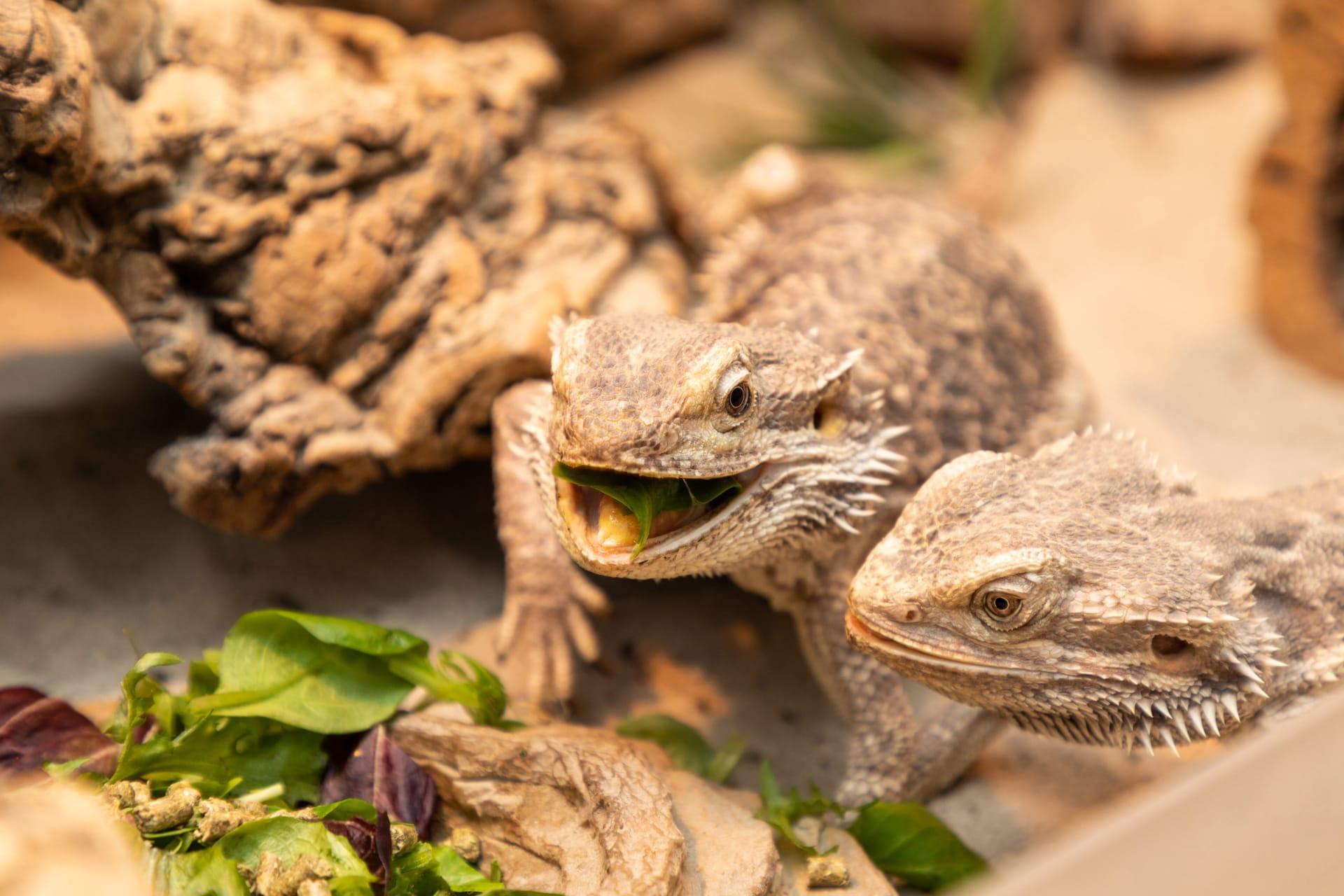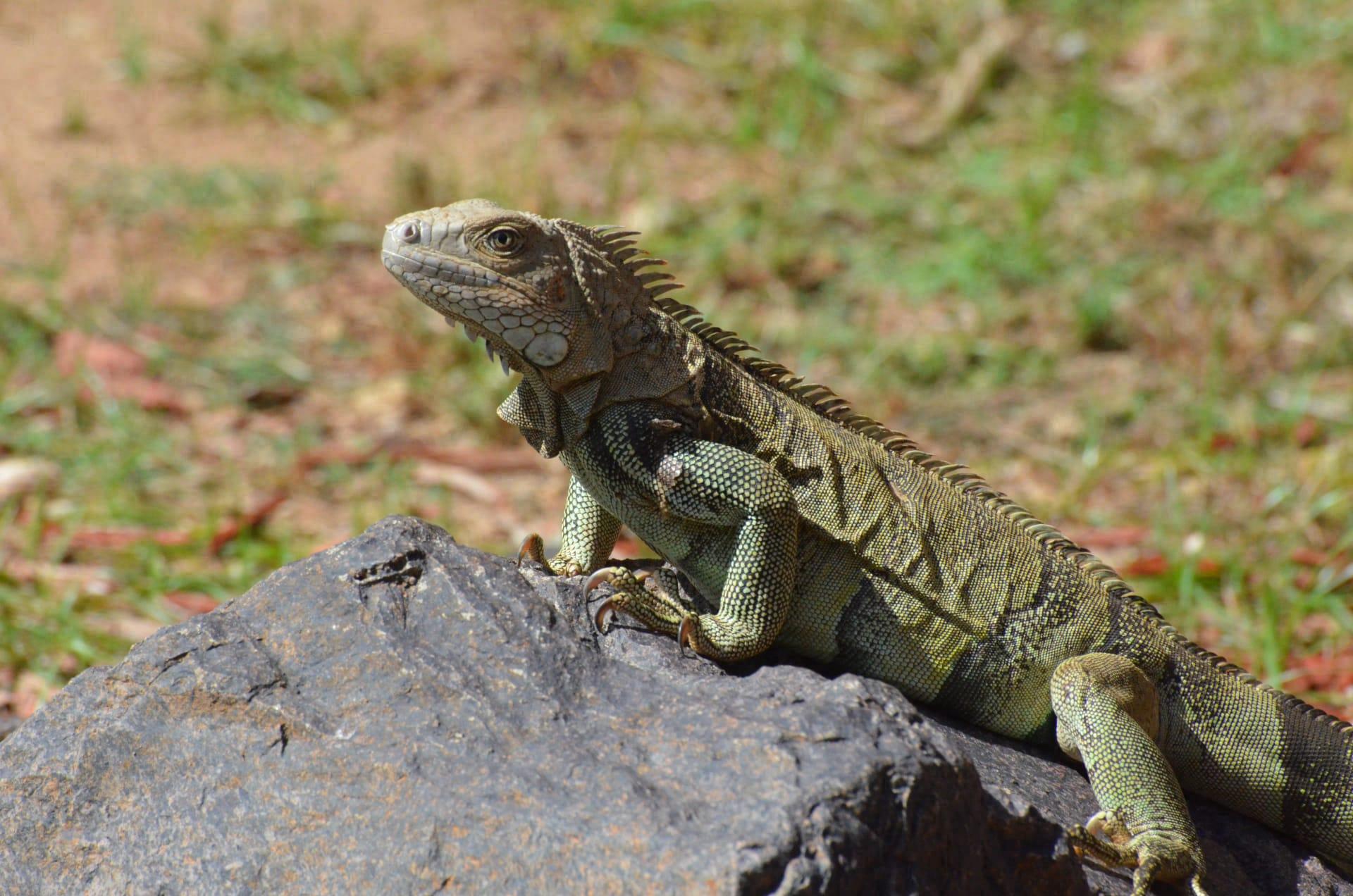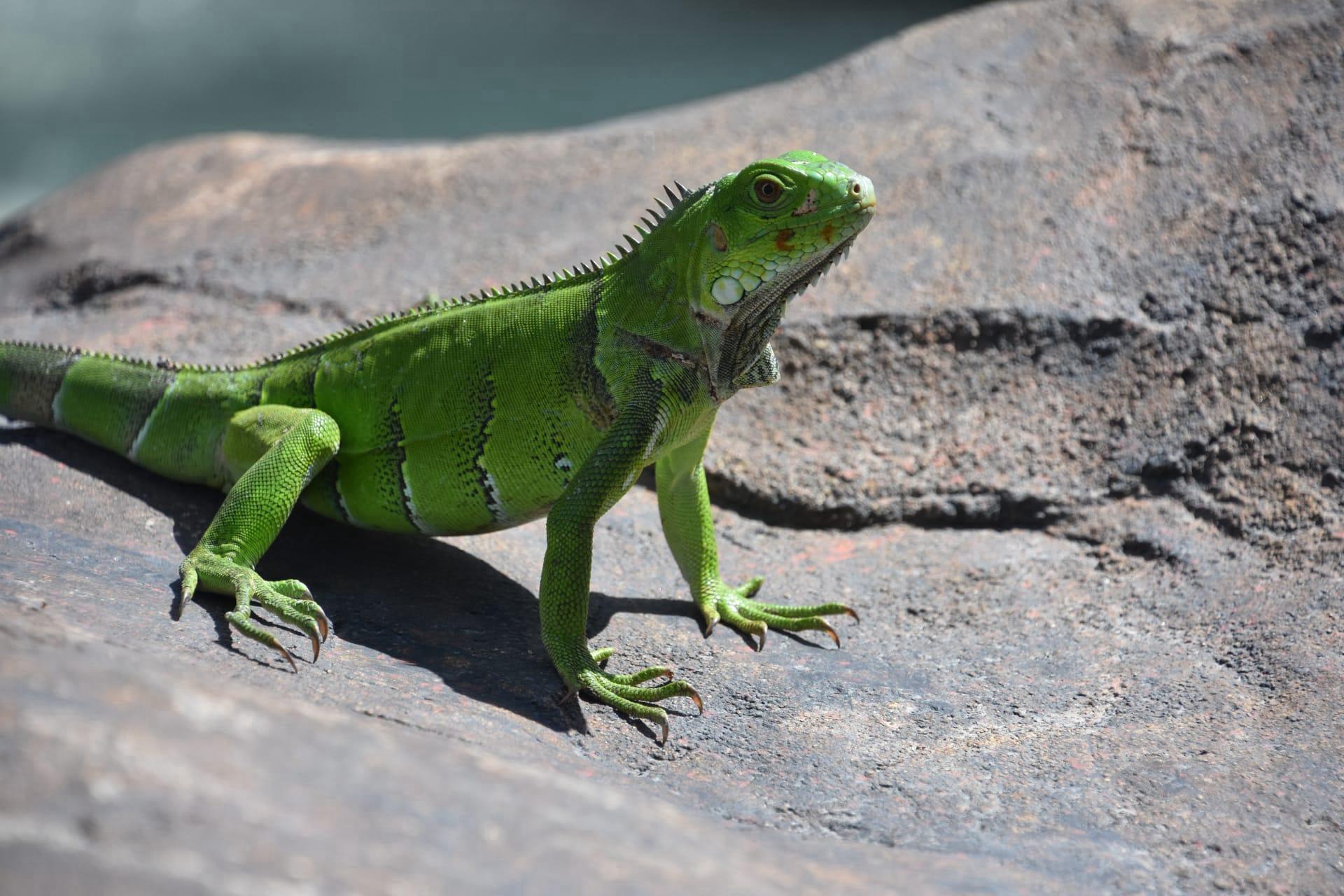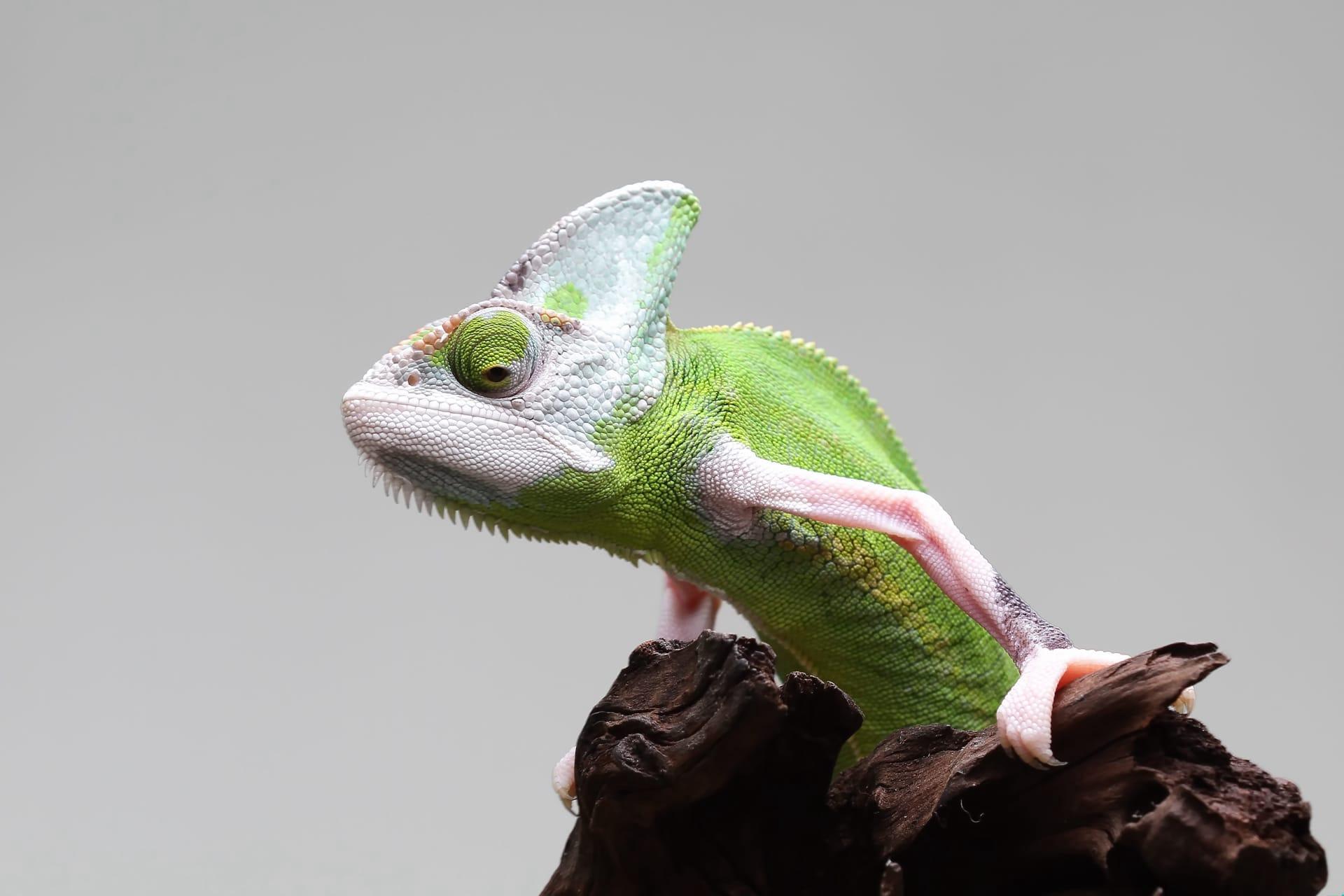Dragon Lizard
- Home /
- Mini Encyclopedia /
- Animal /
- Dragon Lizard
1
Dragon lizards, a fascinating group of reptiles, belong to the Agamidae family, which encompasses over 300 species. These creatures are unique for their well-defined, often spiky, physical features, mimicking the mythical dragons they're named after. Their classification is based on their distinct morphological characteristics, such as elongated bodies, well-developed limbs, and in some species, vibrant colorations and throat pouches used for communication.
Regarding their distribution, dragon lizards are predominantly found in warm and arid regions. They are native to Africa, Asia, Australia, and parts of Southern Europe. In Australia, they are particularly diverse, with species like the Central Bearded Dragon and Frilled-neck Lizard being common sights. Their adaptability to various habitats, ranging from deserts to forests, has been a key factor in their widespread presence.

2
Question: Do dragon lizards breathe fire like mythical dragons?
Answer: No, dragon lizards do not breathe fire. This is a common misconception stemming from their name and appearance. In reality, dragon lizards are typical reptiles, relying on their physical adaptations like spiny scales and vibrant colors for defense and communication. Some species, like the Frilled-neck Lizard, have a large frill around their neck, which they can extend when threatened to appear larger to predators.

3
Dragon lizards have developed remarkable survival strategies to thrive in their environments. One key strategy is their thermoregulation behavior. Being ectothermic, they bask in the sun to raise their body temperature and seek shade to cool down. This is crucial for their metabolism and overall activity levels. Additionally, many species have evolved camouflaging abilities, blending seamlessly with their surroundings to evade predators and ambush prey.
Another fascinating survival tactic is their social behavior. Some species display complex social structures, involving territorial displays and visual signals. The use of body language, like head-bobbing and arm-waving, is common in these interactions. This social behavior plays a crucial role in mating rituals and establishing dominance hierarchies within their communities.

4
In ecosystems, dragon lizards play a significant role in maintaining ecological balance. As predators, they help control the population of insects and smaller animals, thus preventing overpopulation and the potential depletion of vegetation. This predatory role places them as key components in the food chain, impacting the biodiversity and health of their habitats.
Additionally, dragon lizards act as prey for larger animals, contributing to the diet of birds, snakes, and mammals. This positions them as a vital link between the lower and higher trophic levels in their ecosystems. Their presence, therefore, supports a diverse range of species, highlighting their importance in maintaining ecological stability and diversity.

5
Film: "Lizards of the Australian Outback" (USA, 2018) offers an insightful glimpse into the lives of various lizard species in Australia, including dragon lizards. This documentary showcases their unique adaptations and behaviors, capturing the harsh yet beautiful landscape they inhabit.
Book: "Dragons in the Dust" (USA, 2005) by renowned herpetologist Dr. Jane Melville. This book delves into the evolutionary journey of dragon lizards, exploring their diverse species across different continents. It's a comprehensive guide that combines scientific research with engaging narratives.
Book: "The Secret World of Dragon Lizards" (UK, 2011) by Peter Harlow. This book provides an in-depth look at the biology and ecology of dragon lizards. Harlow's work is renowned for its detailed descriptions and vivid photographs, making it an excellent resource for both enthusiasts and researchers.